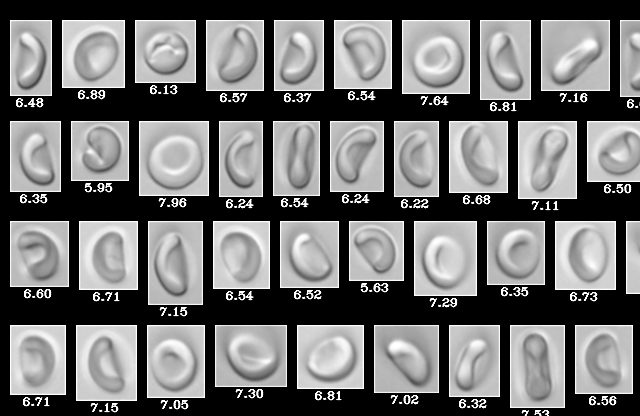In exciting recent news, Fluid Imaging has entered into an exclusive research agreement with the University of Colorado Boulder to begin a study into the possibilities of automated identification of certain bacterial species, headed by Dr. Theodore Randolph. This study has potentially life-saving implications if proven successful.
Pictured above: Dr. Randolph with his FlowCam at the University of Colorado
The purpose of Dr. Randolph's study is to significantly reduce response time to certain bloodborne bacterial infections. Current protocol requires several days to grow a culture of each bacteria to make a proper identification, and determine the correct antibiotic to administer. For patients with compromised immune systems (premature infants, for example), treatment needs to be given right away to ensure the best chances of survival. The most common bacterial strains are:
- Staphylococcus aureus
- Staphylococcus epidermis
- Staphylococcus haemolyticus
- Enterococcus faecalis
- Streptococcus agalactiae
- Escherichia coli
- Streptococcus pneumonia
- Listeria monocytogenes
- Enterobacter cloacae
- Enterobacter aerogenase
The University of Colorado has developed proprietary AI software that will work with libraries of FlowCam images to automatically classify these bacterial species in blood samples. If this study proves successful, hospitals around the world will have a solution to identify bloodborne bacteria in under an hour. This will enable them to treat patients immediately and effectively, and help prevent a portion of the 250,000 annual sepsis fatalities.
We at Fluid Imaging Technologies are very excited about this potential new application of the FlowCam, and will be waiting with bated breath to learn the outcome of Dr. Randolph's study!
Read an interview with Fluid Imaging CEO, Kent Peterson, here: https://www.technologynetworks.com/diagnostics/blog/using-artificial-intelligence-to-identify-bloodborne-bacteria-323267
Pictured below: Blood cells imaged by the FlowCam Nano













